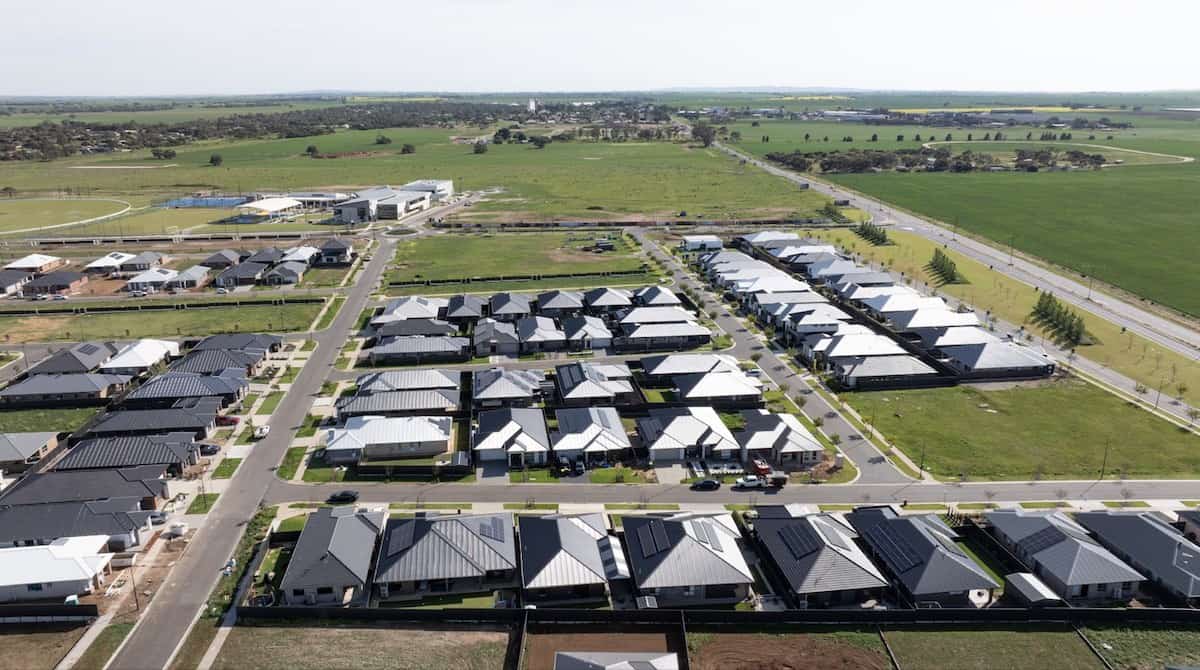Grain Producers SA (GPSA) has expressed concern at the State Government’s proposal to hand over more productive cropping land to housing, particularly in areas such as Roseworthy and Two Wells, under the Greater Adelaide Regional Plan (GARP) released today.
The State Government is proposing to remove protections under the Environment and Food Production Areas (EFPA) to rezone cropping land for housing development as part of a bid to create an additional 61,500 homes at Two Wells, Roseworthy, Murray Bridge, Goolwa, Middleton and Victor Harbor. These protections are currently legislated and can only be amended through the South Australian Parliament.
GPSA Chief Executive Officer Brad Perry said while South Australian grain producers understand the pressing need for more housing, the removal of land from the EFPA risks undermining long-term food security and the ability for the state’s grain sector to meet domestic and global demand.
“Once productive cropping land is lost to housing development, it is lost forever and GPSA reiterated this through our submissions to the State Government during the consultation processes,” Mr Perry said.
“We recognise the importance of addressing South Australia’s housing shortage, but this should not come at the cost of productive cropping land which underpins our state’s food production and export economy.
“The State Government argues that the proposal will only see a small portion of agricultural land rezoned, but we don’t accept that any productive cropping land, which in many instances is also home to livestock production, should be the sacrificial lamb for housing development.”
Mr Perry said GPSA is particularly concerned about the increasing trend of high-quality farming land being reallocated for housing, arguing the long-term implications have not been fully understood.
“Agriculture, and grain production in particular, is a cornerstone of the South Australian economy, and there must be a careful balance between urban growth and protection of food-producing land,” he said.
“The EFPA was introduced by the South Australian Parliament to provide certainty for food production. Amending this protection to encourage urban sprawl sets a concerning precedent and could open the door for further erosion of agricultural land for the other proponents who want access to cropping land for alternative purposes outside of farming.”
In addition to the loss of arable land, GPSA has highlighted the challenges associated with housing developments bordering active farming areas.
“Having residential housing adjacent to broadacre cropping zones presents its own challenges, including conflicts over spray drift, dust, noise, and farming hours,” Mr Perry said.
“These issues are not just theoretical — they’re already being experienced by grain producers where farming land has been rezoned, and residential estates built near them and will only intensify if more farmland is converted into housing.”
GPSA is calling on the State Government to ensure South Australia’s food production areas are preserved and not incrementally diminished under the guise of housing supply.
“South Australia can achieve housing growth while maintaining its food bowl. It requires strategic planning and a commitment to safeguarding the long-term future of our agricultural industries,” Mr Perry said.







